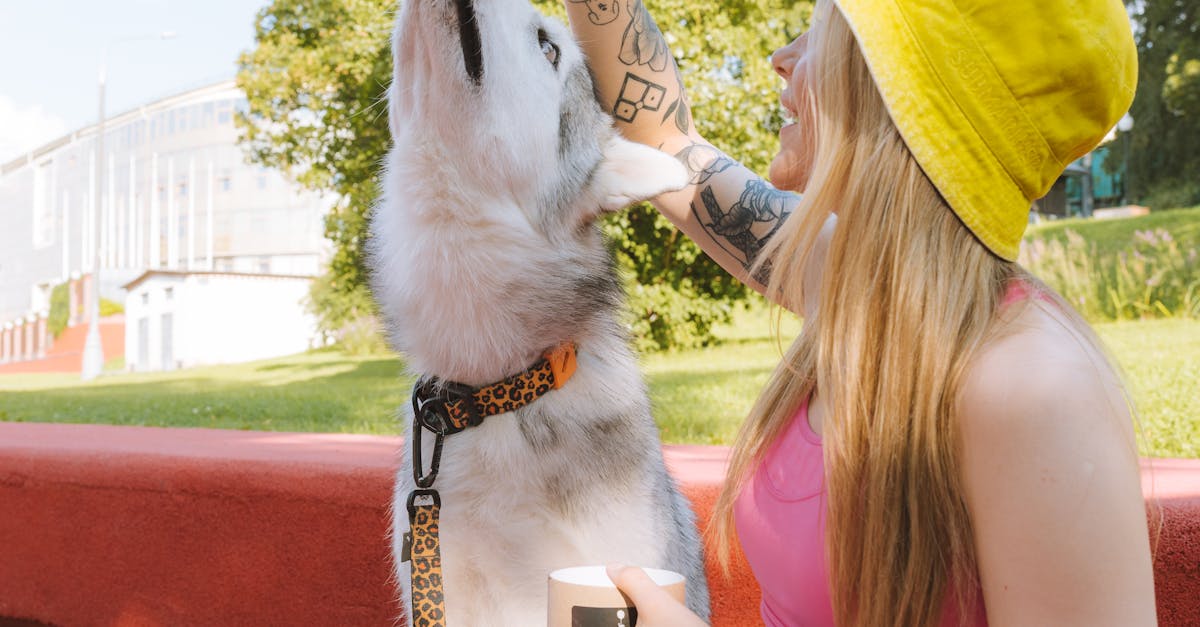
Dog Separation Anxiety Solutions
- October 03, 2024
- 3 min Read
- Views 304
Dog Separation Anxiety Solutions
The emotional well-being of your canine companion is crucial for their health and happiness. One of the most common behavioral issues faced by dog owners is separation anxiety. Understanding and addressing this condition is essential for fostering a well-adjusted pet. This guide explores effective dog separation anxiety solutions, offering comprehensive strategies and insights tailored for your furry friend.
Understanding Dog Separation Anxiety
Before delving into the solutions, it’s important to understand what separation anxiety is. Separation anxiety in dogs is characterized by behaviors that occur when they become distressed at being separated from their owners. Common symptoms include excessive barking, destructive behavior, and attempts to escape. Recognizing these behaviors promptly is the first step in finding the right dog separation anxiety solutions for your pet.
Behavioral Modification Techniques
Behavioral training is a cornerstone in addressing separation anxiety. Techniques such as desensitization and counter-conditioning can be particularly effective:
- Desensitization: Gradually accustoming your dog to being alone by leaving them alone for short periods initially and then gradually increasing the time.
- Counter-conditioning: Associating your departure with positive experiences—such as giving a special treat or toy—can reduce anxiety responses.
Consistency is key in these training techniques, and patience will yield the most effective results over time.
Environmental Enrichment
Providing adequate mental stimulation and a comfortable environment can alleviate separation anxiety significantly. Here are some ideas:
- Toys and Puzzles: Interactive toys and food puzzles can keep your dog engaged and distracted during periods of isolation.
- Comfort Items: Leaving an item with your scent, such as a used t-shirt, can provide comfort and reassurance to your dog.
- Safe Space: Creating a dedicated peaceful area or crate with their favorite bedding can make them feel secure when alone.
An enriched environment tends to reduce the stress encountered during your absence, helping ease the symptoms of separation anxiety.
Guide to Implementing Solutions
- Observe and Identify: Keep a close watch on your dog’s behavior for any signs of anxiety when you prepare to leave.
- Create a Routine: Dogs thrive on routine, so try to create a consistent schedule for leaving and returning home.
- Employ Behavioral Tools: Utilize desensitization and counter-conditioning techniques as described above.
- Consult with a Professional: If behavioral modifications are insufficient, consulting with a vet or a professional dog trainer may be necessary.
- Consider Medication: For severe anxiety, medication prescribed by a veterinarian may be needed to alleviate symptoms.
Frequently Asked Questions
- What causes separation anxiety in dogs?
Separation anxiety can be triggered by various factors, including changes in residence, loss of a family member, or a change in the family’s schedule. - Can all dogs develop separation anxiety?
While any dog can potentially develop separation anxiety, certain breeds prone to close bonding with their owners might be more susceptible. - Are there long-term effects of separation anxiety?
Yes, if left unaddressed, it can lead to further behavioral issues and affect your dog’s overall health.
Tags: dog separation anxiety, dog behavior, pet care, training, pet health, anxiety solutions
References:
People Also View
-
1October 03, 2024
-
2October 01, 2024
-
3September 30, 2024
-
4October 01, 2024
-
5October 09, 2024
Categories
- Near Me 2147 Posts
- How To 548 Posts
- Where To 257 Posts
- Why 90 Posts
- How Much 97 Posts
- Travel 202 Posts
- Food And Drink 815 Posts
- Shopping 797 Posts
- Lifestyle 1050 Posts
- Automotive 364 Posts
- Digital Income 70 Posts








